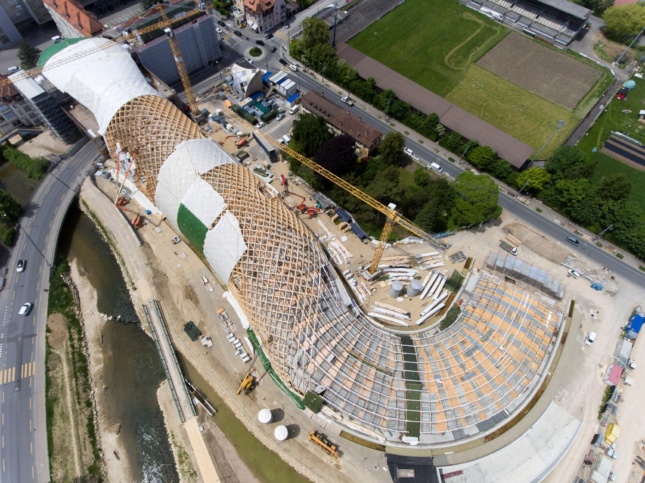Missed some of this week’s architecture news, or our tweets and Facebook posts from the last few days? Don’t sweat it—we’ve gathered the week’s must-read stories right here. Enjoy!
Repair plan for shuttered Transbay Transit Center is in the works
The Metropolitan Transportation Commission approved a repair plan for the Transbay Transit Center that the Transbay Joint Powers Authority will consider.
Shigeru Ban Architects burnishes its status as a leader in mass timber
Known for experimenting with paper tubes and bamboo, Shigeru Ban Architects is burnishing its reputation in tall and mass timber.
Preview Heatherwick Studio’s upcoming New York City projects
Heatherwick Studio has three projects under construction within a 19-block span of Manhattan’s West Side, and AN took the opportunity to check in.
Seattle set to finally close Alaskan Way Viaduct and open new tunnel
The two-mile Alaskan Way Viaduct, long been considered a major hazard to the city and its drivers, will close this Friday, January 11.
United States withdraws from UNESCO (again)
The United States has withdrawn from UNESCO in protest of the organization’s recognition of cultural sites in the West Bank.
That’s all—see you next week!
